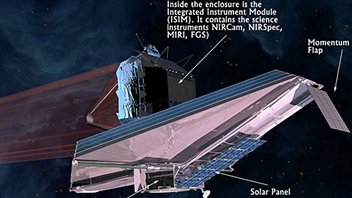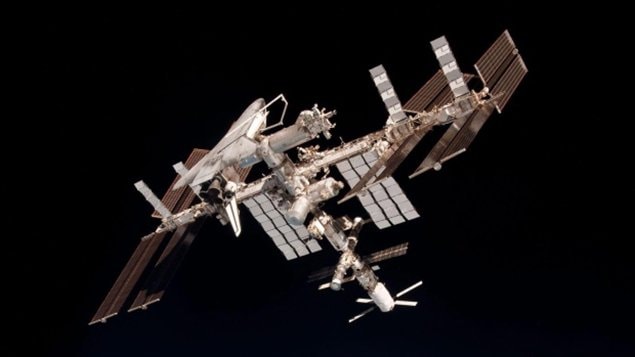Canada has outlined the direction it will take in its future efforts in space. There are currently 8,000 people employed in space-related activities and more than 200 companies. The space industry contributes $3.3 billion annually to the Canadian economy.
The policy “puts Canadian interests first, ensuring that our sovereignty, our Canadian security and Canadian prosperity are at the heart of Canada’s space activities,” said Industry Minister James Moore upon unveiling the new policy framework.

Technology for arctic surveillance
The Canadian government has put a high priority on the Arctic and retaining Canadian sovereignty over it. Because of increasing accessibility to resources as temperatures warm, there is a race among several countries to establish sovereignty.
Satellite technology is ideal for monitoring the huge area in question. Canada already has two Radarsat satellites and is planning to put another into space to provide 24/7 surveillance capability.
Support for private sector promised
Moore pledged to support industry efforts to develop cutting-edge technology. “There’s a lot of talk in this framework …of relying on the private sector wherever possible to provide the technology and services that would be needed for missions—not just something that Canada is spear-heading but where Canada is partnering on international missions,” says Andrew Fazekas, space columnist and contributor to National Geographic News.
Exciting space projects are planned by the European Union, Russia and the United States including a US plan to retrieve an asteroid and bring it back to earth as well as possible trips to the moon and even Mars. “Canada would like to be a major player in these missions,” says Fazekas. “The private sector in Canada has a great legacy in building for instance space robotics and space communication technologies. We’d like to leverage this on any kind of mission… The government would like to support the industry so it is robust and globally competitive.”
Investing in the new space telescope
Canada will invest $17 million for the James Webb space telescope, which will replace the Hubble telescope in space when it comes to the end of its usefulness. That should give Canadian scientists an opportunity to use it for research.
The policy framework give an idea the direction Canada wants to take in space but Fazekas says he wants to see the “meat on the bones” and practical details such as how much money will be spend supporting space industries and the Canadian Space Agency.







For reasons beyond our control, and for an undetermined period of time, our comment section is now closed. However, our social networks remain open to your contributions.